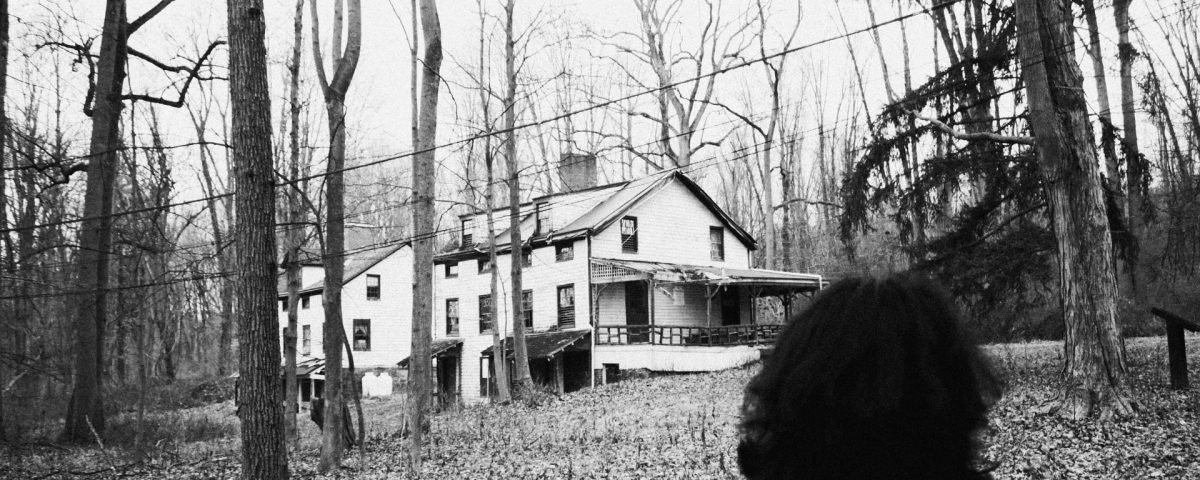
Southern Gerontological Society and Carework Network Announce Working Agreement
December 15, 2020
COVID-19 Vaccination – The Divide Between Formal and Informal Caregivers
December 21, 2020By Melissa Hodges
12/17/2020
As U.S. COVID-19 rates continue to rise and vaccine distribution begins, the inadequacies of the current health care and social support systems have intensified, particularly in rural areas across the Midwest. Health policy researchers have identified several factors that have contributed to rising cases in rural communities, including the complications of geographical distance, limited staffing, and access to protective equipment and other critical resources. New ways of thinking about public health and its relationship to broader systems of care provision are required to build future health and social sustainability in terms of both infrastructure and local agency. Yet, news coverage of the crisis in rural communities has been riddled with assumptions that obscure important nuances necessary for effective policy.
A primary narrative in news coverage tends to focus on the actions of white rural residents flouting guidelines and public officials’ politization of the pandemic, enabling the continuation of large-scale social gatherings, and inadequately combating misinformation via social media. This focus depicts rural communities as predominantly poor and white, however, as noted by researchers in a recent blog from the Brookings Institute, rural America is not monolithically white nor is the distribution of poverty even across racial/ethnic communities and these differences have important implications for health outcomes across rural areas. People of color comprise 21% of rural residents and rural Black, brown, and Tribal communities have suffered the highest mortality rates. Also often overlooked is that many sources of employment in rural areas, especially for workers of color, were designated as essential in the early days of the pandemic that compelled them to work, while lack of sustained state assistance simultaneously made it impossible for working people to quarantine at home, which in part contributed to the backlash of white rural residents against public health guidelines.
The current moment requires a more nuanced understanding and democratic approach that goes beyond misconceptions of the urban/rural divide and instead pays attention to the linkages between public health and economic security across rural and metropolitan areas. The incoming Biden administration’s plans include investment in public health, first responder systems, and biomedical research, to “sustain” a public health and first responder workforce, and “mobilizing the world” to address future pandemics, yet there is little mention of coordination across different regional and community contexts. And while invoking a “Duty to Care” in the “21st Century Caregiving and Education Workforce” plan to “rebuild and fortify the nation’s caregiving economy, focusing on daycare in early childhood, in-home elder care and long-term care for the disabled” is indeed very encouraging in its includes consideration of multiple forms of care provision, this notion of a top-down form of “duty” also requires a clear articulation of democratic principles, workers rights to collective bargaining, and direct community involvement. Adopting a “human infrastructure” framework proposed by care scholars (Duffy, Albelda, and Hammond 2013) to build systems of collective responsibility that benefits to all members of society, but must also include direct local involvement in creating this infrastructure. Otherwise, the needs rural communities will remain unaddressed and overshadowed by coverage of individuals hostile to public health outreach.


